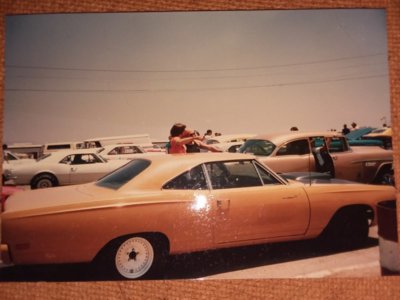Ok, I’m not going to speculate as to how or why, but this is my Dads old car, 440/6 4 speed Super Trakpak car. It was in as delivered condition when it ran 12:30 at 109 with the gear you see in the picture. The only deviation from as delivered condition made was a set of H-70-15 tires in the rear in place of the original G-70. He would also crank the torsion bars way up to help distribute the weight to the rear wheels better. That can be seen in the picture with the stickers. This time was run at the PHR Summernationals at Martin Dragway in 1970 in the Semi finals. It would’ve been the national record had he been able to back it up in the finals, but he was running in e/pure stock, and they made him either find a pair of H-70 for the front or a pair of G-70 for the rear. The G-70 was all he could borrow in the pits, and he smoked the tires on launch and lost to a 69 Mustang.
there is much speculation as to what was done to the motor in this car at the factory, as he worked with a lady whose husband was a Chrysler exec, who had it “followed” down the assembly line. My Dad never so much as even turned a wrench on this car, we lived in the flat house you see in the pictures, without even a garage. He was not mechanically inclined so to speak. Why it was so fast, especially for a convertible, is now lost to time, as the car hasn’t been seen since 1973, when it was spotted up on blocks with the motor pulled. Just a little story as to how fast these cars could run.
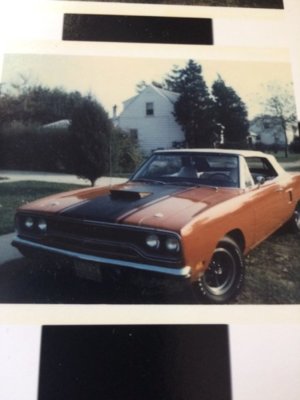
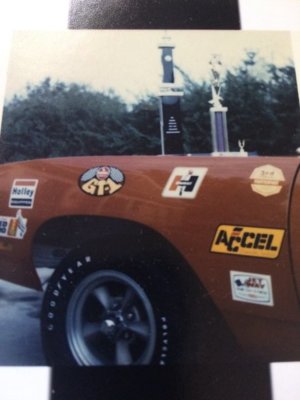
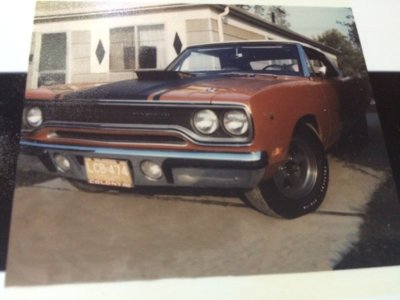
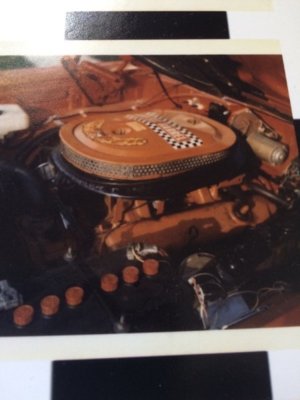
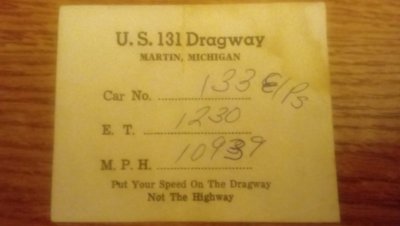
there is much speculation as to what was done to the motor in this car at the factory, as he worked with a lady whose husband was a Chrysler exec, who had it “followed” down the assembly line. My Dad never so much as even turned a wrench on this car, we lived in the flat house you see in the pictures, without even a garage. He was not mechanically inclined so to speak. Why it was so fast, especially for a convertible, is now lost to time, as the car hasn’t been seen since 1973, when it was spotted up on blocks with the motor pulled. Just a little story as to how fast these cars could run.





Last edited:

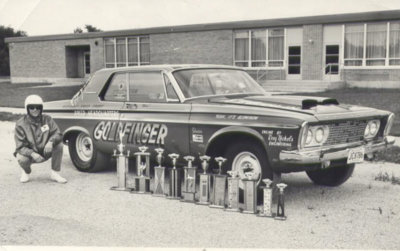
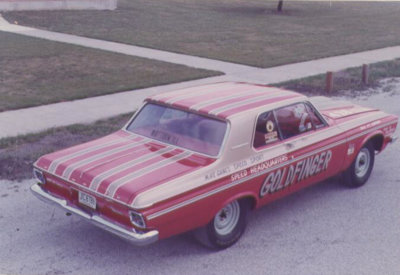
 and YOU sir, and others, share your experience with people like me, and help me avoid some of the mistakes, build on the experience you earned, and make the "car thing" a much more enjoyable experience.
and YOU sir, and others, share your experience with people like me, and help me avoid some of the mistakes, build on the experience you earned, and make the "car thing" a much more enjoyable experience.  Mike Gaines
Mike Gaines 



